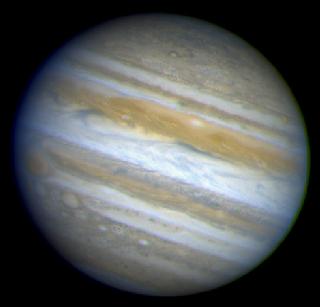


| Diameter (Earth=1) | Mass ratio (Earth=1) | Density (Water=1) | Revolution period | Sidereal rotation period | No. of satellites | |
| Jupiter | 11.2 | 317.9 | 1.3 | 11.9 years | 10 hours | ~16 |
| Saturn | 9.4 | 95.2 | 0.7 | 29.4 years | 10.7 hours | ~18 |
| Uranus | 4.0 | 14.5 | 1.3 | 83.8 years | 17.2 hours | ~17 |
| Neptune | 3.9 | 17.2 | 1.8 | 163.7 years | 16.1 hours | ~8 |
 | |
| Courtesy STScI. |
Jupiter is mainly made up of hydrogen, helium, and a small amount
of methane and ammonia. The atmospheric pressure is extremely high,
over 1000 times than that of the Earth. Because of the great pressure, the
core of Jupiter is made up of metallic hydrogen. The rapid rotation
of such metallic core explains the strong magnetic field of Jupiter.
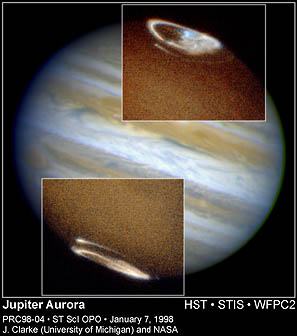 |
| Courtesy STScI. |
Because of the great mass, the inner parts of Jupiter undergo gravitational collapse, and the gravitational potential energy turns to thermal energy. As a result, Jupiter radiates more energy than it receives from the Sun.
Usually, we can only observe the upper atmosphere of Jupiter. There are bands and spots when we observe through telescopes. The atmosphere of Jupiter is in fact in great turbulence. The Great Red Spot, which is a typhoon in the atmosphere, is red in color due to the presence of sulphuric compounds. Unlike the typhoon on Earth, it is much larger and persistent. The size of the Great Red Spot is 3 times the size of the Earth and it has been lasting for more than 300 years. The wind speed of Jupiter is more than 1000km/hr.
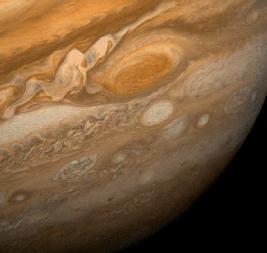 |
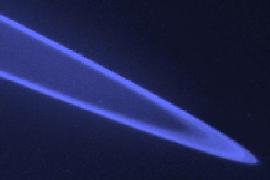 | |
| Courtesy JPL/NASA. | Courtesy JPL/NASA. |
Like Saturn, Jupiter has a ring system. However, it is very pale and cannot be detected by ground based telescopes. In fact, having a ring system is a common feature of the 4 Jupiter-like planets.
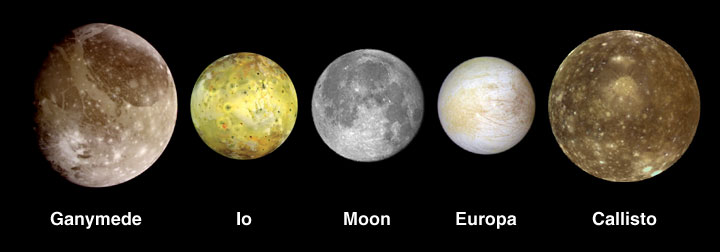 |
| Courtesy JPL/NASA. |
 | |
| Courtesy JPL/NASA. |
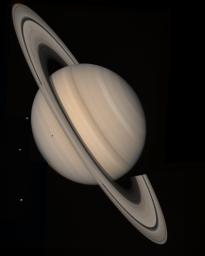 | |
| Courtesy JPL/NASA. |
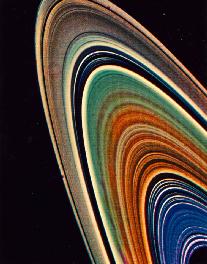 |
| Courtesy JPL/NASA. |
Saturn is most famous for its ring system. In close up view, it consists of many thin ringlets. The thickness is about 1km. Actually, the ring is made up of tiny dust and ice, size ranging from millimeter to meter. The formation of ring is due to the great tidal force by Saturn, tearing one or more satellites into smaller parts. In closer look, there are many gaps between the ringlets, the most obvious one is the Cassini division. For some ringlets, there are two satellites lying inside and outside the ringlet, they are called shepherd satellites, that keep the stability of the ringlet. The following photo shows the shepherd satellites of the ring of Uranus.
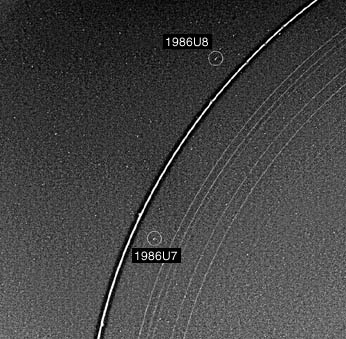 |
| Courtesy JPL/NASA. |
Saturn has many satellites, the most famous one Titan has an atmosphere, which is mainly made up of nitrogen.
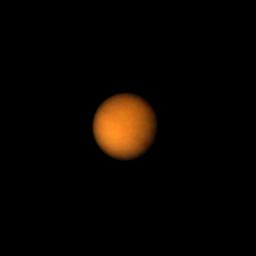 |
| Courtesy JPL/NASA. |
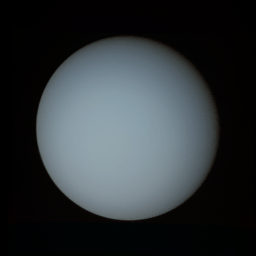 | |
| Courtesy JPL/NASA. |
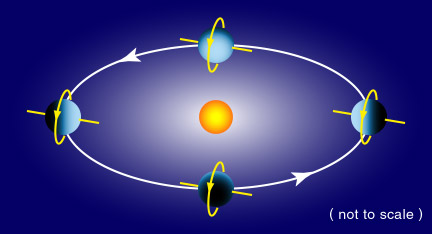
It is blue in color, owing to the scattering of blue light by methane. It is similar to Saturn and Jupiter in many respects, like the atmosphere composition, the internal heating mechanism, the presence of magnetic field, existence of many satellites and a ring system, etc. (The streaks in the following photo are background stars not related to the ring.)
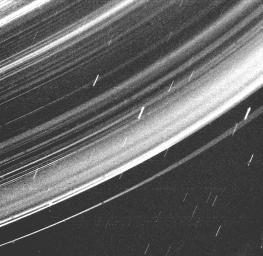 |
| Courtesy JPL/NASA. |
However, unlike Saturn and Jupiter, Uranus has a rocky core and the atmosphere seems to be less dynamic, not much surface features can be observed.
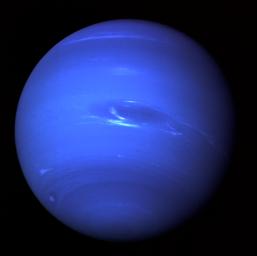 | |
| Courtesy JPL/NASA. |
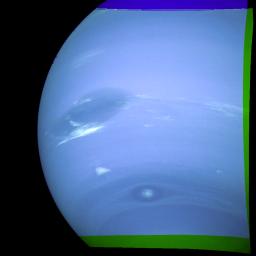 |
| Courtesy JPL/NASA. |